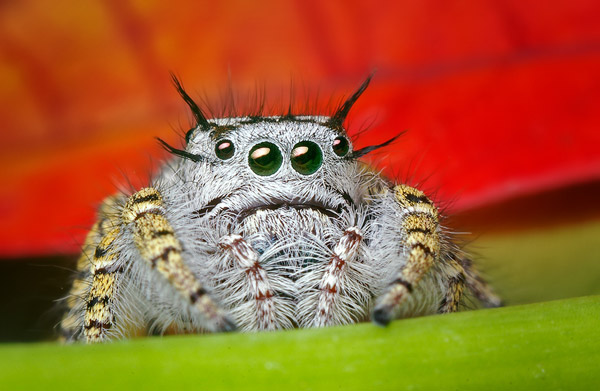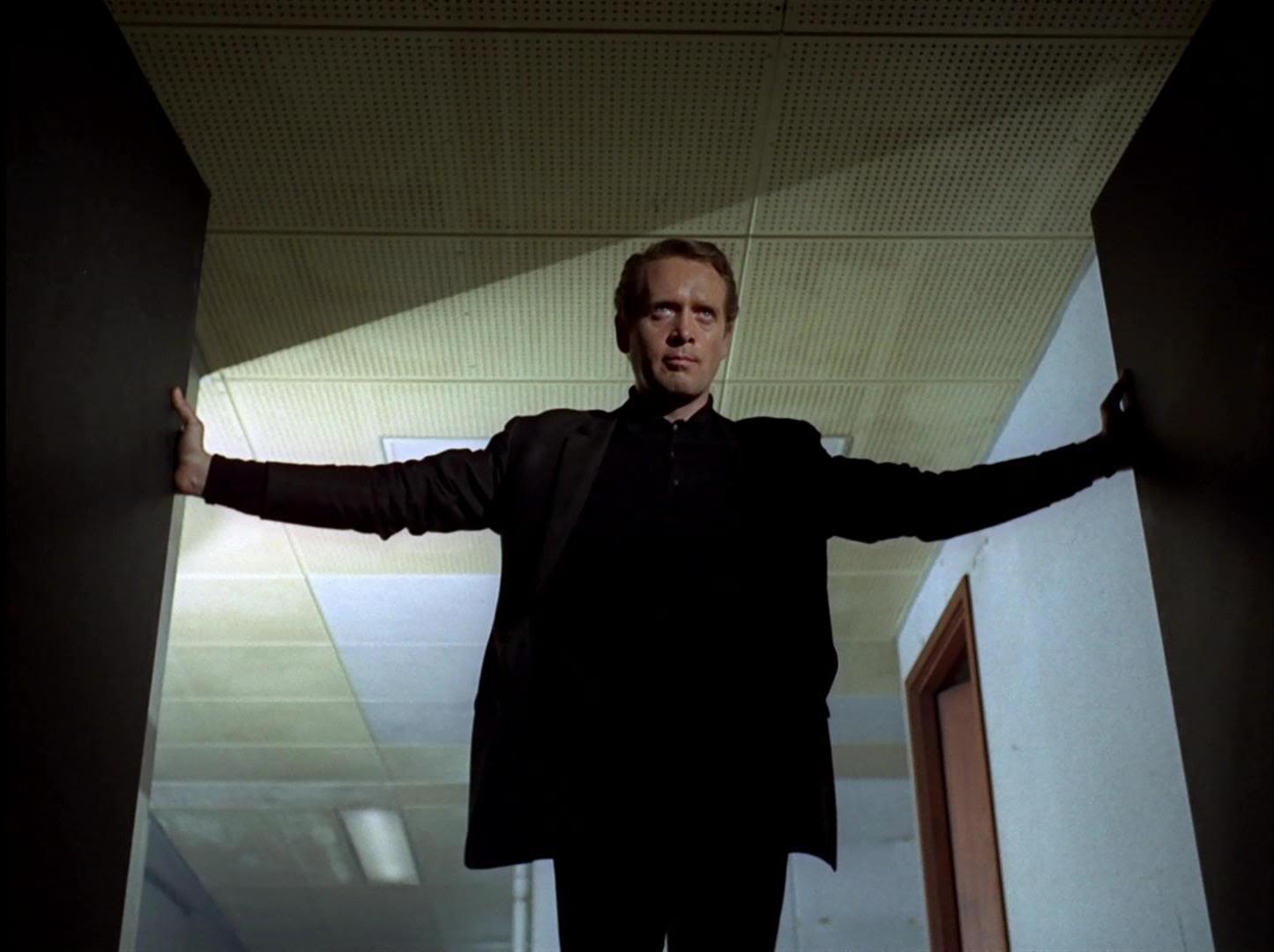Way back when, Mikah and Wilhelm Person asked for rules which allowed players to play magical weapons. Here's my stab at this. The rules are unplaytested, fiddly and require a good bit of work on the part of the GM to prepare a weapon suitable to the campaign setting. That said, I think that the approach has promise to it.
 |
| "And it howls! It howls like Hell!" Michael Whelan |
Influence: This replaces the ego system as outlined in B/X. A Weapon, even one aligned with its owner, is going to be continually striving to dominate them and exert their influence.
The Weapon and its owner operate on an influence track, proceeding from the owner utterly dominating the Weapon's will to vice versa. However, the Weapon's greatest powers can only come forth when it is able to dominate its owner. To gain that ultimate ability, an owner must give way to their Weapon.
Once a day, after a Weapon draws blood from a foe or one of its powers is used, either the Weapon or its owner may force an Influence check. During an Influence check, the owner and the Weapon spend 1 round locked in mental conflict; the owner loses their Dex bonus and fails all saves in that round. Both the Weapon and its owner add up their mental stat modifiers (Int + Wis + Cha) and add 1d20. The higher total shifts one level on the Influence Track.
Owner Utterly Dominates: Tier II powers available 3x/day, Tier I powers available at will. Weapon rolls an additional 1d8 on influence checks.
Owner Dominates: Tier II powers available 1x/day, Tier I powers available 3x/day. Weapon rolls an additional 1d6 on influence checks.
Owner Weakly Dominates: Tier I powers available 1x/day. Weapon rolls an additional 1d4 on Influence checks.
Balance: Only base power available.
Weapon Weakly Dominates: Tier I powers available 3x/day. Weapon can cast suggestion on wielder 3x/day; owner may save to avoid. Owner rolls an additional 1d6 on Influence checks.
Weapon Dominates: Tier II powers available 3x/day, Tier I powers available at will. Weapon can cast suggestion on owner at will; owner may save to avoid. Owner rolls an additional 1d4 on influence checks.
Weapon Utterly Dominates: Tier III powers available 1x/day; Tier II powers available 3x/day, Tier I powers available at will. Owner is charmed by the Weapon; no save available (but can still call for Influence checks).
A Weapon's purpose and powers should be predetermined by the GM, but its alignment and outlook on life should be determined by the player.
| Dragon's Curse, John Howe |
Gurthang: "Yea, I will drink thy blood gladly, that so I may forget the blood of Beleg my master, and the blood of Brandir slain unjustly. I will slay thee swiftly."
- Tolkien, Silmarillion
Powers: Each Weapon is going to have a different set of powers. One sample set is given below. Base Powers should be designed with the knowledge that they are going to be continually active; you might look here for a list of 3.x feats that might be a decent starting point for a Base Power, or here for a list of unique magical weapons. Tier powers can be spell-like abilities, or something custom designed as well.
- Base Power: True Striking - The Weapon's player makes attack rolls instead of the owner. The weapon strikes as a fighter of the owner's level; if the owner is a fighter subclass, it applies its normal bonuses; if the owner is a fighter specifically, it applies its normal bonuses +1. Example: Talon, a sword +2 with True Striking, will strike as a 5th level fighter without any bonus to hit in the hands of a 5th level thief, as a 3rd level fighter with a +2 bonus to hit in the hands of a 3rd level ranger, and a 1st level fighter with a +3 bonus to hit in the hands of a 1st level fighter. (The owner's strength bonus continues to apply in all circumstances.) In all circumstances, it will deal normal damage.
- Tier I Power: Blade of Light - the Weapon may carve through any non-magical substance for 1 round/owner level. It can cut through an enchanted substance with a successful Strength check by the owner on 4d6. During this time, the Weapon glows in a badass manner and gains a 1d4 bonus to damage. After the Blade of Light power expires, the Weapon goes dormant for 1 turn per round that this power was active, and loses all bonuses to hit/damage/powers. It can still communicate with the owner, though.
- Tier II Power: Detach owner's shadow to function as the spell wizard eye.
- Tier III Power: Any being slain with the Weapon can be animated as an undead of equal HD, or 5 HD at minimum. Such a being would retain all spells and spell-like abilities, but would not be able to re-memorize or regenerate such.




